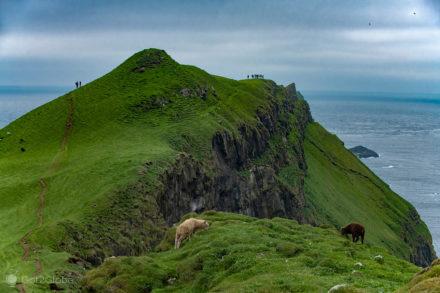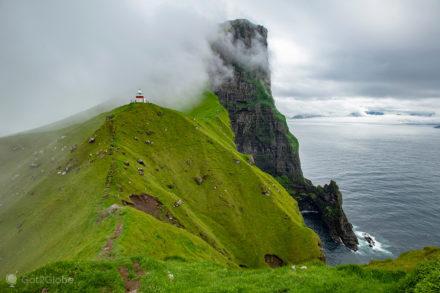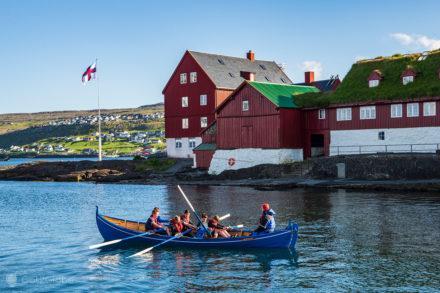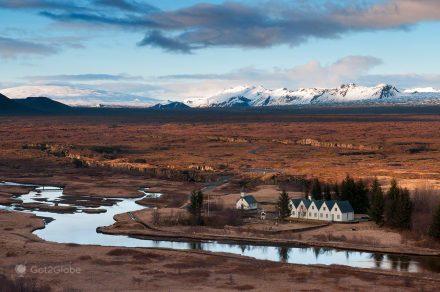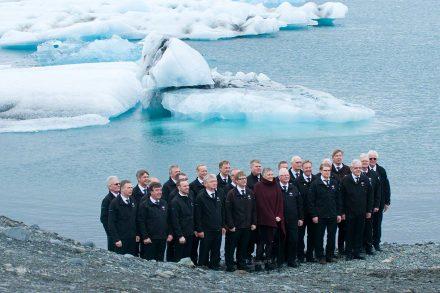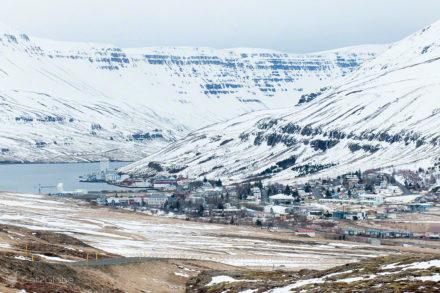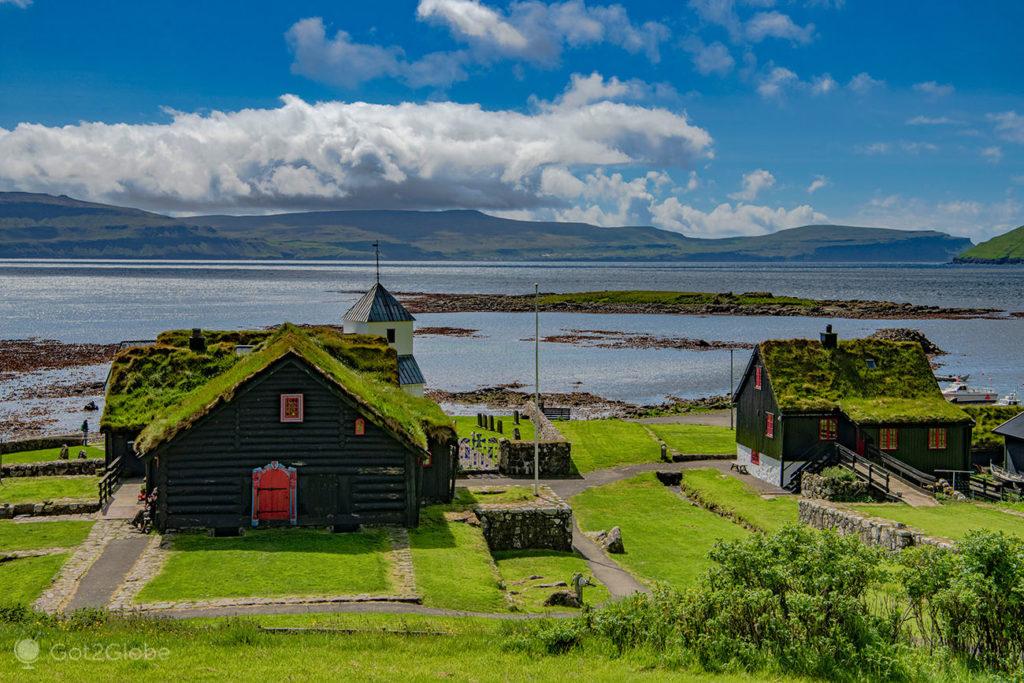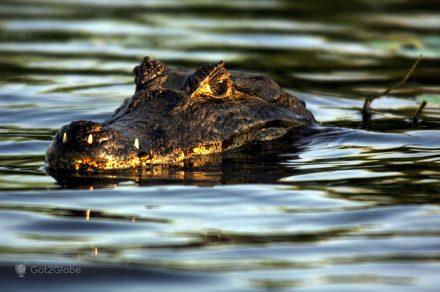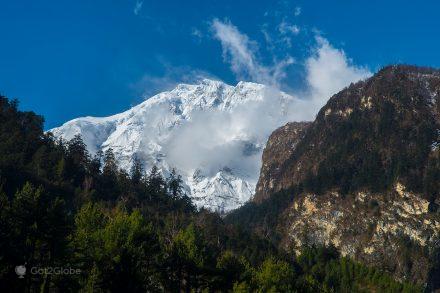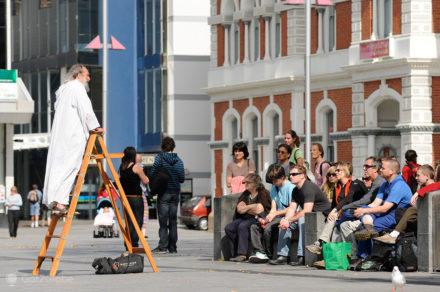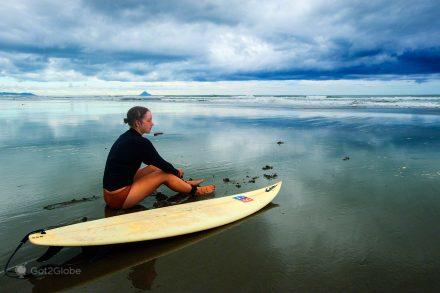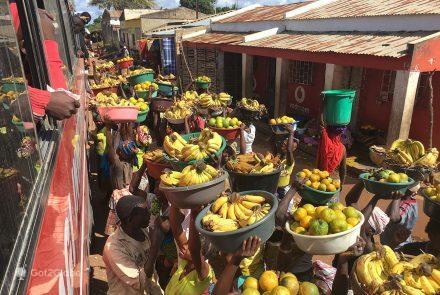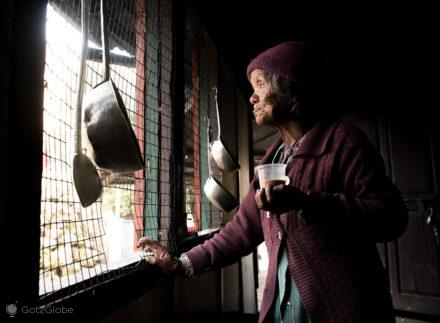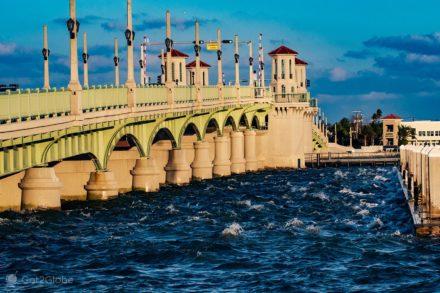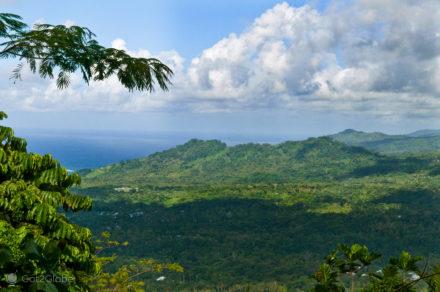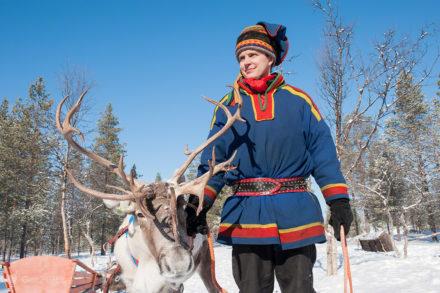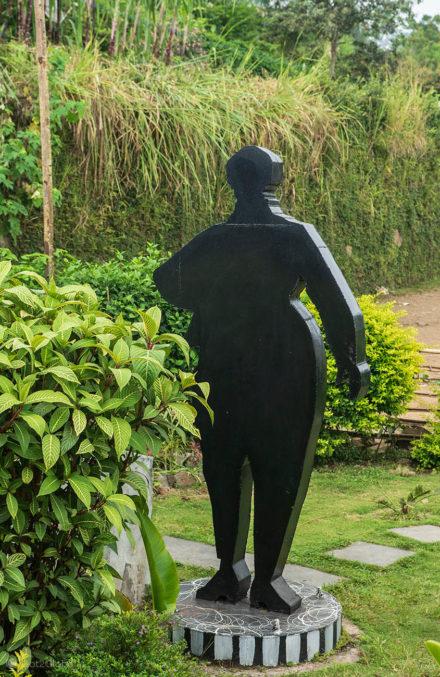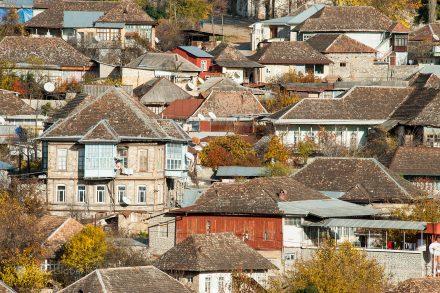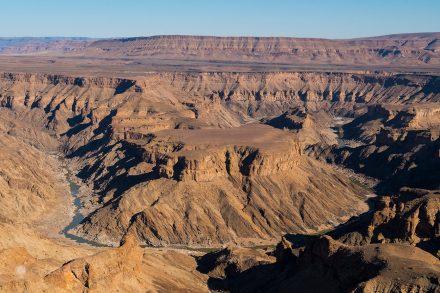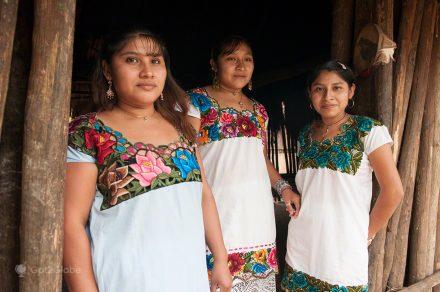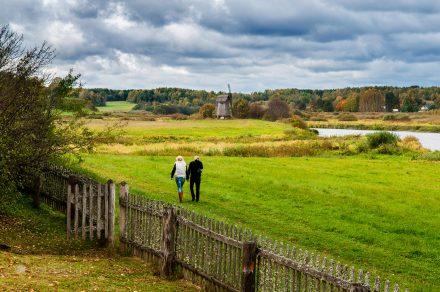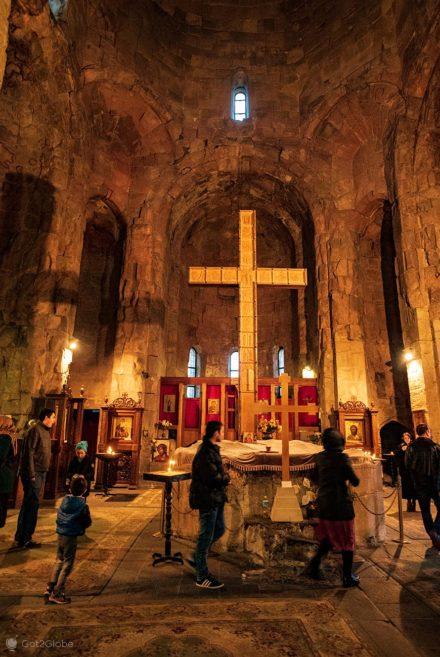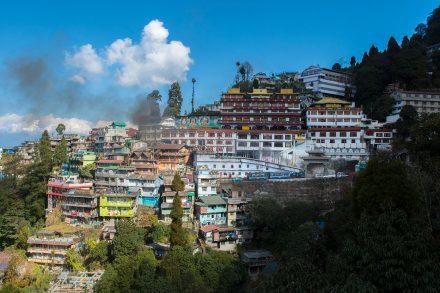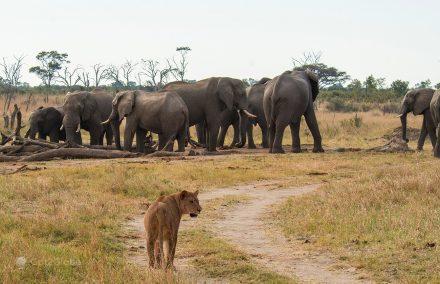By itself, the long crossing of the underwater tunnel that connects the island of Streymoy to that of Vágar justified the trip from the capital of Faro Torshavn, even though we had already crossed it twice.
This, which was the third occasion, was moved by an exceptional discovery.
The tunnel leaves us on the north coast of Vágar, shortly after the mouth of the Kálvadalsá river and on the verge of the Marknará river.
There is no lack of rivers in the Faroe archipelago, where snow or rain are permanent and maintain the white carpet of its immaculate islands in the short summer. We cross the tunnel from the top to the bottom of Vágar, taking road 11 below, which, as soon as it leaves the bed of the Marknará, follows the valley deepened by the Stórá.
Sandavagur rises where this river intersects with the Gáansá and the Fossá rivers, at the entrance to the sandy and double bay that inspired the town's baptism.
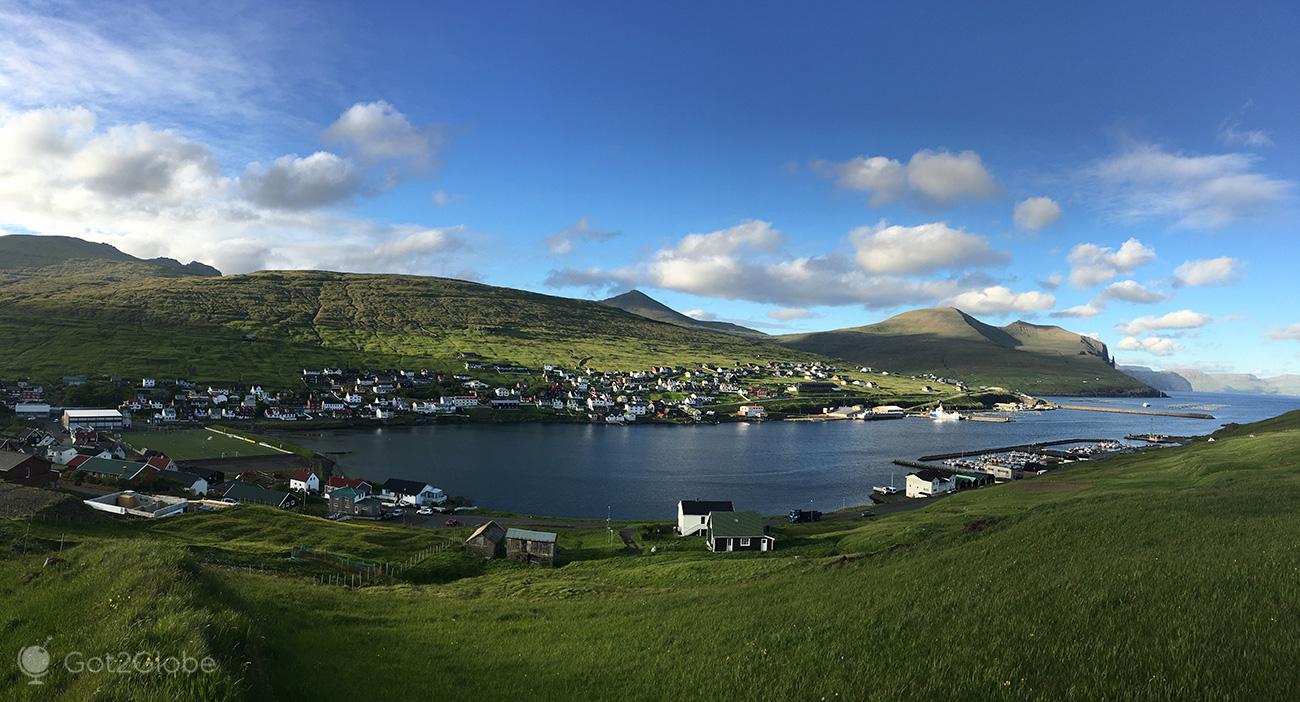
One of the countless deep bays of the Faroe archipelago, with the houses of Midvagur installed there.
We skirt the first mouth of the bay. In the next, we find the neighboring village of Midvagur, with its colorful houses and A-roofs, dispersed along the road, from the top of the slope towards the lake we were pursuing.
Like rivers, lakes abound in the Faroes. With 3.4km2, Sorvagsvatn is by far the largest, three times wider than the second, situated on the same island as Vágar.
Due to its proximity to Sorvágur, the village at its northern end, the supreme Faroese lake is known as such. But not only. In the places where we walked, according to the lands east of the body of water, the locals prefer the name Leitisvatn.
Often, in order to avoid the already historic dispute, they limit themselves to fishing for their sea trout and treating it for water, which is like saying just and only the lake. And yet, only a lake is something that this water it will never be.
Looking at any map of Vágar, we notice its unusual open-S shape. As if that wasn't enough, the bottom of this S hides another peculiarity.

On the way to the Strange Sorvagsvatn Threshold
Past one of the countless Faroese cattle gates, this trail becomes a narrow, zigzag line along a gentle slope. It's too obvious to get lost.
For a while, a weedy crest serves as a visual barrier to what lies ahead. A few hundred steps later, already at its top, we see the lake for the first time, with clear blue water, calm, contained by almost perfect curved banks.
At intervals, we come across woolly sheep, some black, others a rather dirty white, busy devouring the lush grass of the landscape.

Our passage and inevitable photographic approach gives them a short break in repast, little more than that. After all, we were on one of the most popular trails in Vágar and Faroe in general.
In these parts, sheep have long been used to the constant coming and going of humans.
Unexpectedly, a Catalan couple we had met on the island of Kalsoy, next to Mikladalur's statue of the Kópakonan seal woman, appears from the opposite direction. "We bet it won't be the last time we see each other!" they throw us, slightly breathless, in Castilian, which Catalan would not serve to communicate.
"Is this your first time here?" still ask us. To which we answer yes. “Have you seen how lucky you are? Us, is the third. In the first two, one, it was raining in pots, the other, everything was windy and dark. And, you lucky ones, come and get hit with a day like this. This has got to be one of the best days of the year for the Faeroes, there is no room for doubt.”
We confirm the analysis of the Iberian neighbors, share an effusive laugh and some more good-natured laughter. As has always happened even on the historical plane, the Catalans follow their destiny.
We, Portuguese, ours.
Traenalipa and North Atlantic in sight
At a certain point, the trail unveils to us a shadowy crack in the relief and, beyond it and what appeared to be the lake's bottom, the distant line of the horizon separating the North Atlantic from the little or no cloudy firmament above.
The rail points us to the base of that crack. Once there, we realized that it was a geological cut, a deep opening revealing the cliffs that delimited the jagged southern tip of Vágar, soon promoted to a promontory towering over the sea.

It dictated that end that we should come across the magical sight, the illusory vision of Sorvagsvatn that leaves outsiders with their jaws hanging open.
First of all, we see the height of the immediate abyss, as intimidating as it is deadly. When we control our anxiety, we lift our chin and survey the vastness of the panorama.
A lake in S and above the ocean
Ahead, to the north, we could see the almost half-moon of the lake contained between gentle slopes, greenish-yellow, under a blue sky full of white skeins.
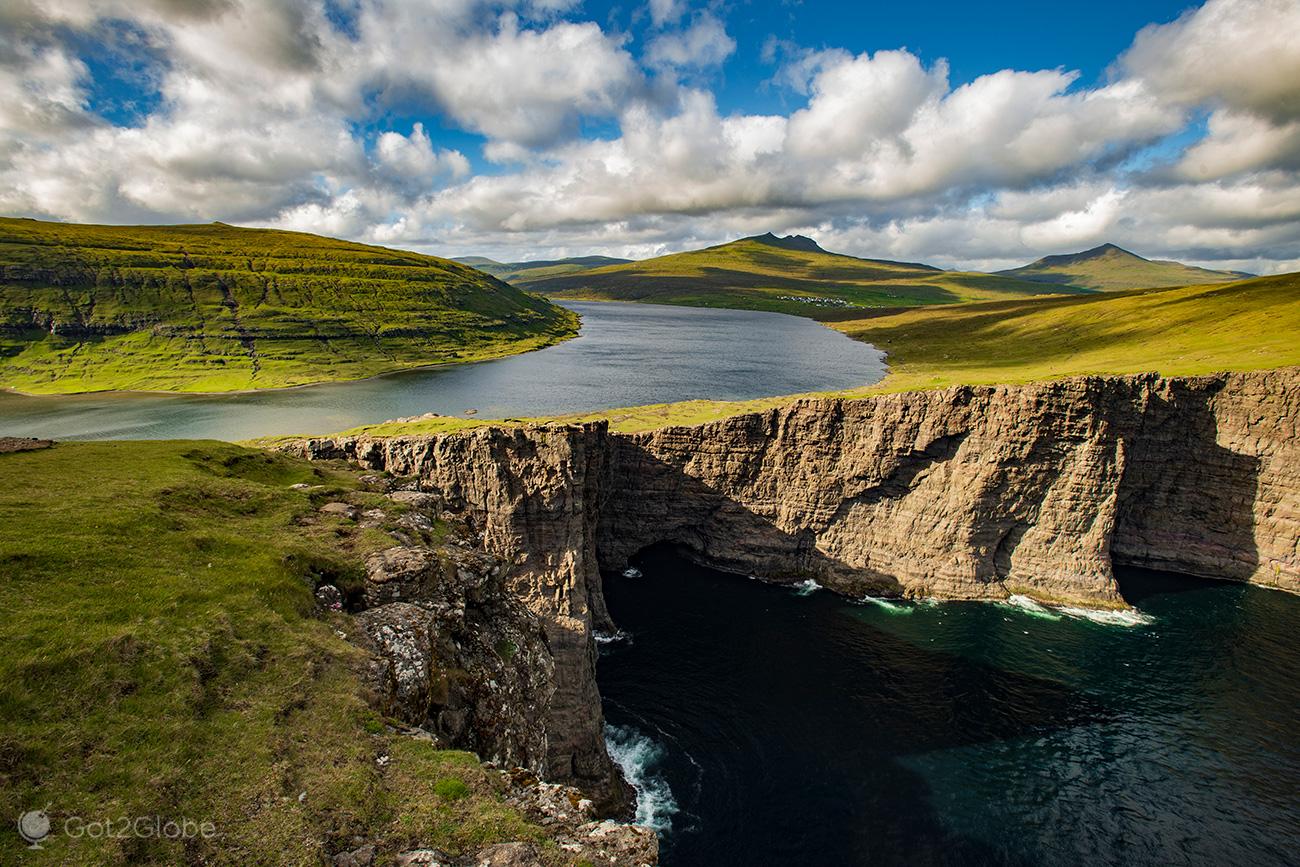
View of Lake Sorvags from the top of the cliffs of Traenalipa.
From that natural viewpoint, the lake's eccentricity was reinforced. The half-moon seemed to stretch out in suspension, above the cut of the cliffs that the ocean invaded with considerable haze.
When viewed from further away, the rocky fringe that serves as a buffer to Sorvagsvatn is almost lost from sight. Thus, it gives the additional sensation that the lake is hundreds of meters above the sea and that it merges into it.
In fact, at its closest point, there are only thirty meters between fresh and salt water. And as we would confirm, however, the craggy rocky fringe at the bottom of the lacustrine crescent stably contains Sorvagsvatn.

Traenalipa Below, in Search of the Bosdalafossur waterfall
We grant them the privilege.
We give rise to a succession of selfies and photographs taken more and more on the cliff of Traenalipa (142 meters) that give us goosebumps, not least because, at that time, we were aware of the context in the genesis of the term Traenalipa (Slave Cliff ).
The name is believed to have its origins in the Viking era of the Faroe Islands and in the alleged macabre custom of the Vikings there pushing condemned slaves to their deaths.
We no longer follow the free and somewhat unconscious misadventures of newly arrived hikers.
Back on the trail, we look for the detour that would lead to the confluence of the elevated lakeside with the only sector in which the Sorvagsvatn drains.
The trail quickly ceases to make sense to us. Instead of following him, we descended over terraces, crevices and jagged platforms patrolled by seagulls, terns and other seabirds.
Many pseudo-steps later, we find ourselves half-walls with the ocean. Right there, the lake narrows into a short river that flows over a basaltic bed, beside a sharp rock formation known as the Geituskoradrangur.
It assumes the vertical flow of the Bosdalafossur waterfall and crashes thirty meters high, with a splash, against the waves of the North Atlantic.
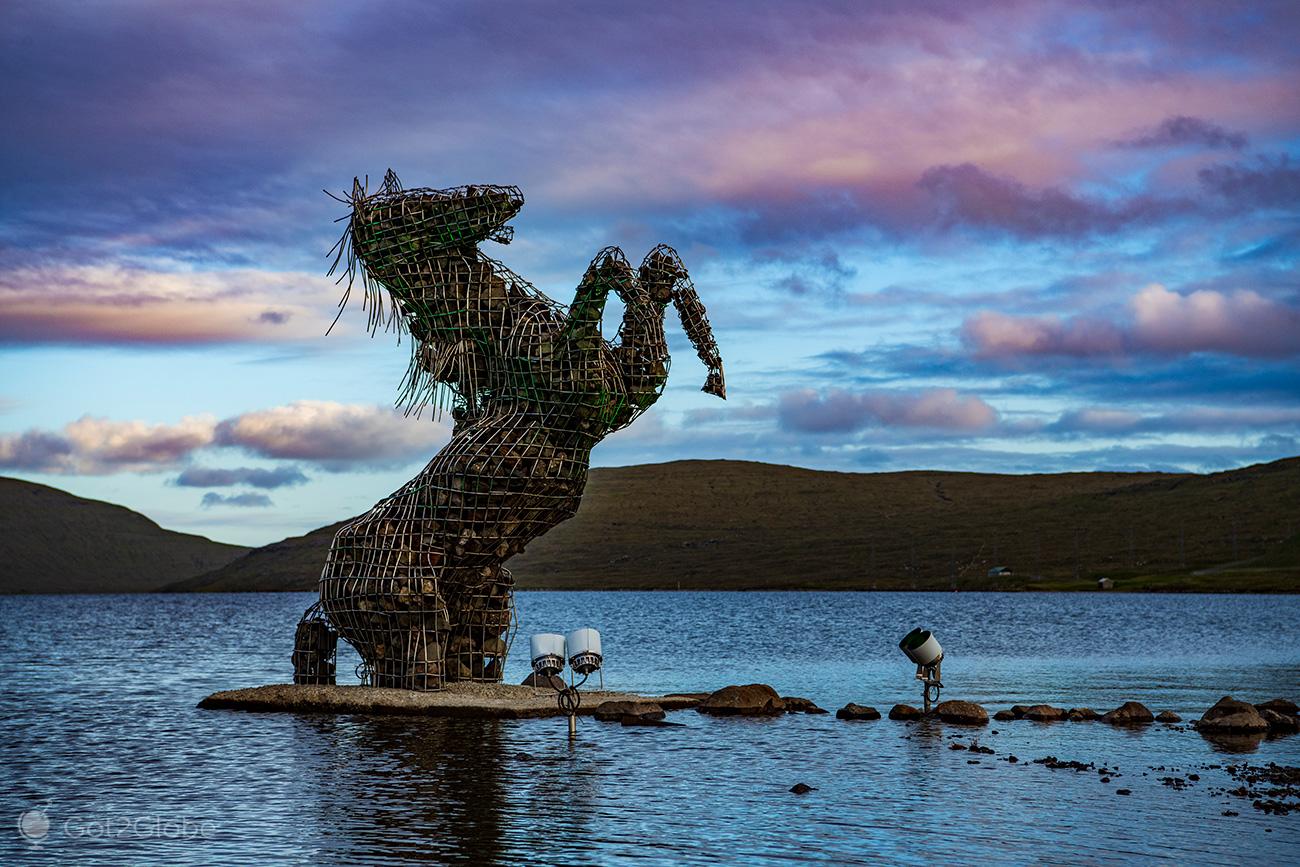
Statue of the mythological horse Nykur rises from Lake Sorgav. This creature attracts passersby to pet it and ends up drowning them in the lake.
The opposite end of the lake, marks it an unusual equine symbol. There, the prancing of the silver statue of Nykur created by local artist Pól Skarðenn dazzles us. Nykur is a mythological creature with strange inverted hulls.
As the Faroese legends tell, it appears from time to time on the shores of Lake Vagar. Submerged there, it displays its elegance to attract passersby to party or even try to assemble it. When the innocent Faroese touch him, his sticky skin grabs them in a rotating whirlpool that drags them to the bottom of the lake.
Nykur does, however, have a weakness. If someone cries out his name, he loses his demonic power and retreats to its depths without causing any casualties.
Over time, this legend came to be used by parents and grandparents to keep children away from rivers, lakes and the seashore, in the Faroe Islands, which are almost always dangerous.
The War Past of Lake Sorvagsvatn and Vágar
Lake Sorvagsvatn and its surroundings on the island of Vágar have long been known. In fact, they played important roles in the history of these northern parts.
In the midst of World War II, the British kept thousands of soldiers in the Faroe Islands, mainly concentrated in Vágar. There they built an airstrip to the west of the lake, complemented by a seaplane support station.
In 1941, such an aircraft Catalina of the coastal command of Royal Air Force first landed on the waters of Sorvagsvatn.
The infrastructure erected by His Majesty's subjects would later be used as a base for what is still today the main airport in the Faroe Islands, the Vaga Floghavn – that's what the Faroese call it – and our gateway to the archipelago.
Days later, much against our will, it would also be our departure point from the Faroes, starting with a take-off between the clouds that caught us with a last glimpse of the unlikely trio of Sorvagsvatn, Traenalipa and Bosdalafossur.




